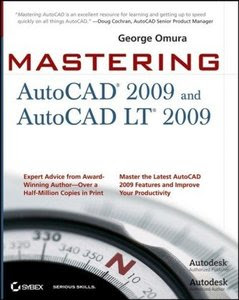
Eugene C. Toy, Rahul Jandial - Case Files: Neuroscience
McGraw-Hill Medical | 2008 | ISBN: 0071489215 | Pages: 408 | PDF | 2.16 MB
McGraw-Hill Medical | 2008 | ISBN: 0071489215 | Pages: 408 | PDF | 2.16 MB
REAL LIFE CLINICAL CASES FOR THE BASIC SCIENCES AND USMLE STEP 1
You need exposure to clinical cases to pass course exams and ace the USMLE Step 1. Case Files: Neuroscience presents 50 real-life clinical cases illustrating essential concepts in microbiology. Each case includes and easy-to-understand discussion correlated to key basic science concepts, definitions of key terms, neuroscience pearls, and USMLE-style review questions. This interactive system helps you learn instead of memorize.
* 50 clinical cases, each with USMLE-style questions
* Clinical pearls highlighting key neuroscience concepts
* Primer on how to approach clinical problems and think like a doctor
* Proven learning system based on award-winning research boosts your shelf exam scores






































